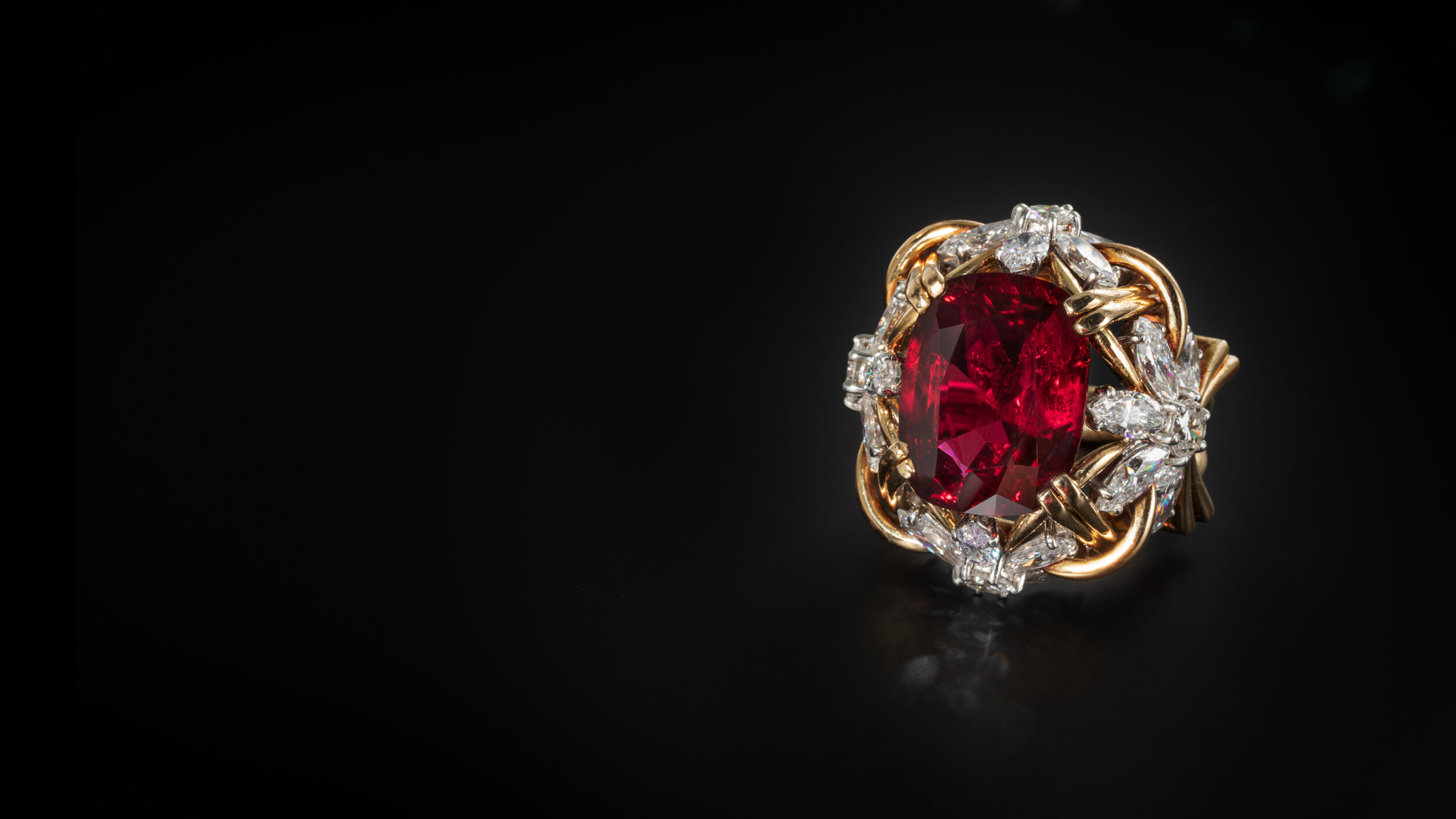Revealing the Rich Background Behind Exquisite Estate Fashion Jewelry Parts
The exploration of exquisite estate jewelry items unveils an abundant tapestry of background, showing the social worths and artistic movements of their time. As we analyze the detailed information and provenance of these items, one must think about the profound stories they hold-- stories that might test our understanding of beauty and significance in the world of jewelry.
The Origins of Estate Fashion Jewelry
The beginnings of estate precious jewelry can be traced back a number of centuries, showing a rich tapestry of cultural and historic influences. Originally, precious jewelry acted as a sign of wealth and standing among aristocrats and the aristocracy. As various people emerged, one-of-a-kind designs and techniques advanced, commonly intertwined with the practices and beliefs of their corresponding cultures.

As cultures proceeded, estate precious jewelry started to represent greater than simple adornment; it became a form of individual expression, with items usually gave with generations. This transfer of ownership imbued each item with stories and memories, better boosting its worth. Therefore, estate fashion jewelry encompasses a myriad of impacts, enveloping the significance of human experience, creativity, and history, making it a significant facet of the precious jewelry world today.

Remarkable Historical Eras
Throughout background, various ages have significantly affected the design and significance of estate precious jewelry. Each period generated distinct styles, products, and cultural contexts that formed the virtuosity of jewelry-making.
The Victorian period (1837-1901) marked a profound shift in precious jewelry layout, characterized by romantic themes and complex workmanship. Throughout this time, fashion jewelry often represented personal belief and was often made use of to memorialize substantial life events. The Art Nouveau movement (1890-1910) followed, highlighting organic types and streaming lines, drawing motivation from nature and the human figure.
The Roaring Twenties declared the Art Deco period (1920-1939), renowned for its geometric shapes, bold shades, and a feeling of modernity. This age showed the spirit of the Jazz Age and the desire for luxury and luxury. Adhering To The Second World War, the Mid-Century Modern age (1945-1960) accepted simplicity and capability, showcasing tidy lines and ingenious materials.
Each of these historic periods has actually left an indelible mark on estate jewelry, not just in regards to visual appeal yet additionally in the method these pieces reflect the social values and technical innovations of their time.
Iconic Layout Qualities
Often, famous design characteristics of estate fashion jewelry reveal an abundant tapestry of cultural influences and imaginative motions. estate jewelry austin. Each piece works as a visual story, showcasing the stylistic choices of its era and the craftsmens' mastery. The detailed fretwork job common in Victorian precious jewelry exemplifies the duration's fascination with nature and romance, usually integrating concepts such as flowers and leaves.
The Art Nouveau motion presented streaming lines and natural forms, stressing the beauty of all-natural components. On the other hand, the strong geometric patterns of Art Deco jewelry reflect the modernist principles of the resource 1920s, defined by proportion and a concentrate on industrial products.
In addition, using dynamic gems and cutting-edge techniques, such as enameling and pavé setups, further differentiates these items. Shade palettes typically represent details cultural contexts, with specific rocks signifying wealth or status.
Famous Estate Fashion Jewelry Parts
Estate precious jewelry incorporates a variety of popular pieces that have gone beyond time, each informing an unique story of its origin. Among these, the "Napoleon Diamond Pendant," originally crafted for Empress Josephine, exhibits luxury with its complex layout and historic significance. Another iconic piece is the "Cartier Panther Bracelet," which showcases the iconic panther motif that has become synonymous with the Cartier name, blending artistry with a bold statement.
The "Bulgari Serpenti" collection, with its sinuous, snake-inspired designs, has captivated enthusiasts given that the mid-20th century, signifying deluxe and attraction. In addition, the "Maharaja Locket," decorated with a fascinating range of gemstones, reflects the majesty of Indian aristocracy and the abundant cultural heritage related to estate jewelry.

The Worth of Provenance
Provenance plays an essential function in establishing the value of estate fashion jewelry, as it supplies a recorded background that boosts the item's significance and value. A product with a well-documented lineage commonly regulates greater rates due to its association with prominent figures, historical events, or artistic movements. Collectors and investors alike are drawn to pieces that narrate, as these stories include layers of suggesting past plain visual appeals.
The verification of provenance can involve various forms of documentation, such as original acquisition invoices, assessments, and exhibit records. Additionally, narrative histories gave via family members can add to the narrative, enhancing the allure of the precious jewelry (estate jewelry). The more reputable and detailed the provenance, the more probable it is to bring in focus on the market
Furthermore, provenance can minimize problems relating to authenticity; things with well established histories are much less likely to be deemed recreations or phonies. In this way, provenance not just raises the intrinsic worth of estate jewelry yet likewise safeguards the collector's investment. Eventually, a compelling provenance changes helpful hints a piece from a plain object right into a treasured artefact of history, making it a desirable addition to any collection.
Final Thought
The expedition of estate jewelry reveals a profound connection in between virtuosity and historic context. Eventually, the rich narratives behind estate jewelry not only commemorate individual artistry yet additionally encapsulate the more comprehensive tapestry of human history and social evolution.